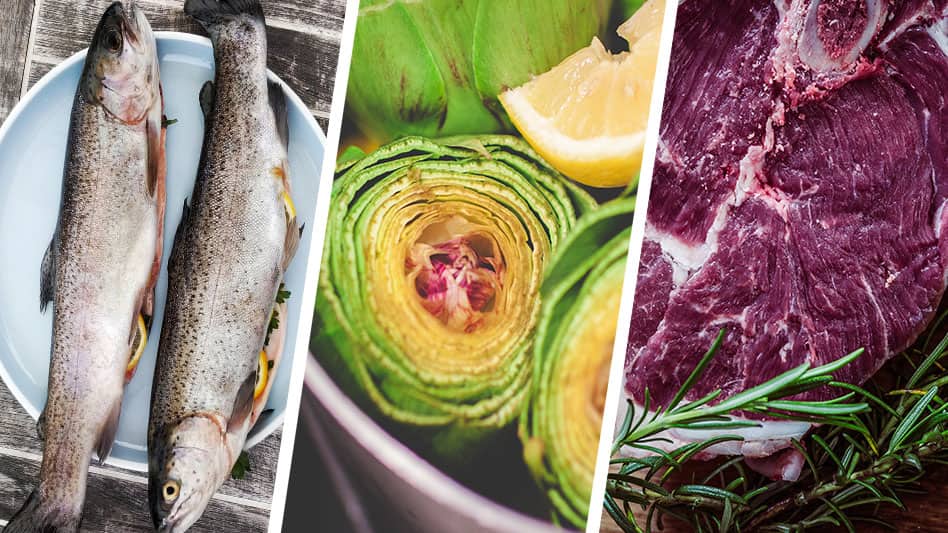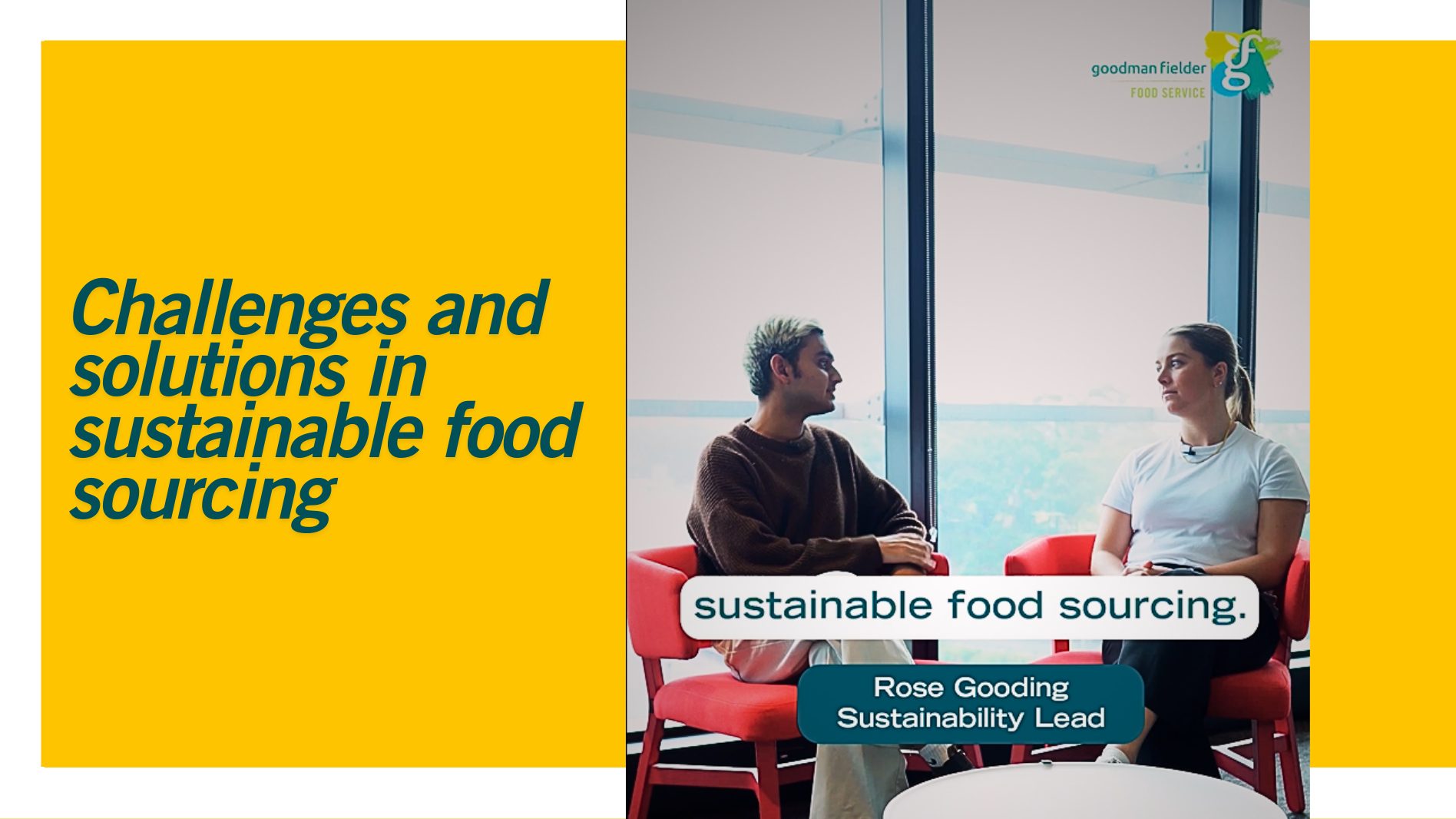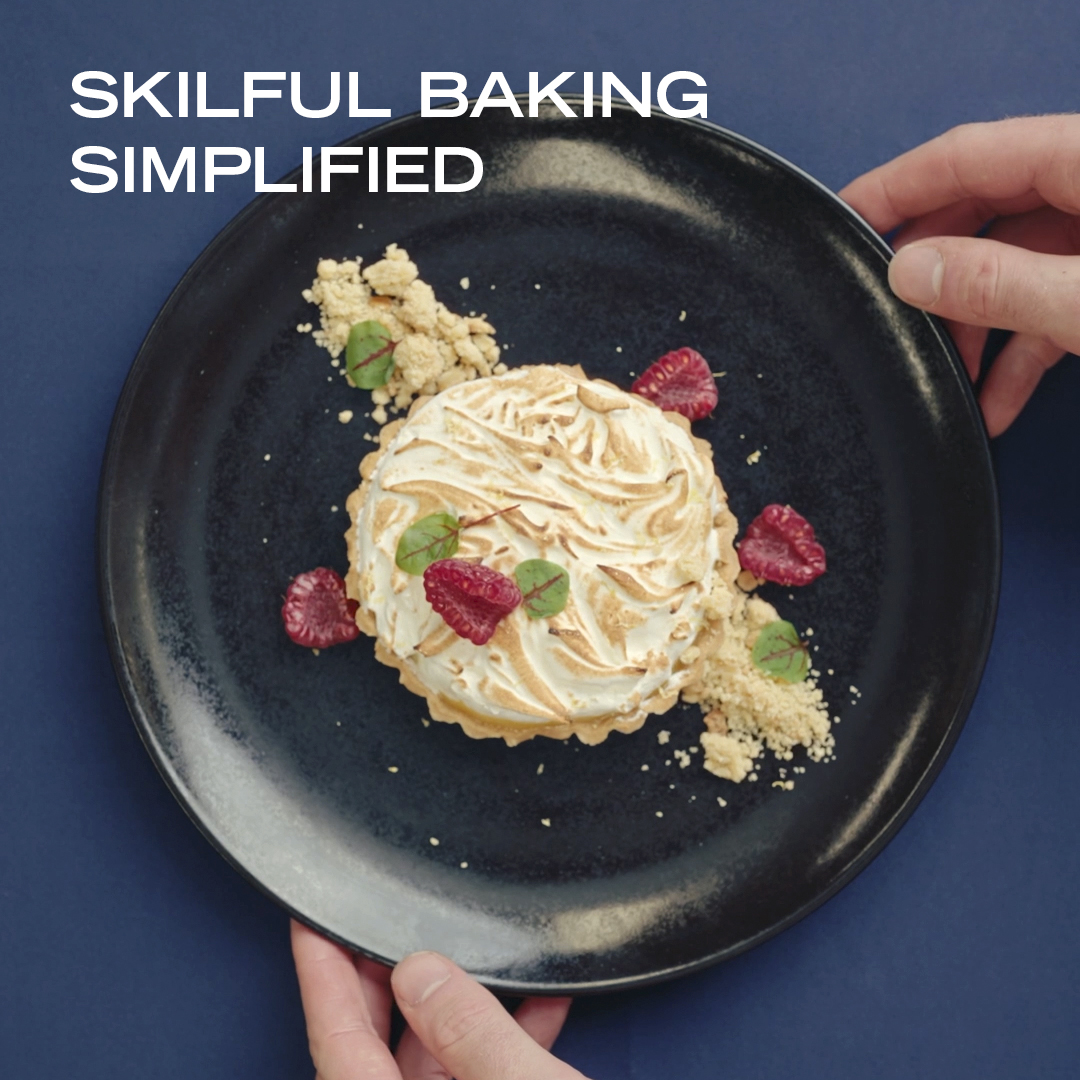Be inspired with recipes created by chefs.
Sign up for updates about products, special offers, news and promotional materials from Goodman Fielder.

Summary
Running and operating a kitchen is already pricey enough. Imagine adding food wastage to the bill – the outgoing costs are never-ending. That’s why many venues across the country are turning to the trusted freezer, as a way to revive their products and save their overall costs.
The freezer is regarded as the lifesaver of the kitchen. It preserves the quality of your fresh foods, reduces your kitchen wastage and best of all cut costs. And while freezing is one of the oldest methods of preserving foods, some kitchens are still falling victim of freezer burnt foods.
A well-refrigerated freezer should be kept between -15 and -18 degrees Celsius to ensure food poisoning bacteria stops growing. According to Food Safety Australia: “the freezing process does not kill harmful bacteria and other organisms that were present in the food before freezing. However, while frozen, bacteria populations do not continue to grow, although they will resume doing so once your food is thawed.”
8 freezing tips to ensure the best results:
Freezing foods isn’t as simple as wrapping them in plastic and placing them in the freezer. In fact, there are many steps you need to take to ensure food poisoning is eliminated and product quality is sustained. Here are some tips on using your freezing space effectively to ensure the quality of your product remains:
- If you are prepping sauces, dessert, etc for future orders, make sure you cool down the foods before freezing them.
- A full freezer is more economical to run as the cold air doesn’t need to circulate so much, so less power is needed – saving you money on electricity.
- Wrap food in airtight wrapping or containers to prolong their shelf life and reduce the risk of freezer burn.
- Freeze food based on your serving sizes to eliminate wastage.
- Only freeze fresh foods that have come straight off the truck – the longer you leave it in the open kitchen, the more the quality reduces, something freezing cannot reverse.
- Label everything so you know when you packed it away, saving you money from wastage.
- Defrost your freezer regularly, especially if ice builds up inside. This will enable it to work as intended and lower the risk of it breaking down.
- If you have a blackout, don’t open the door as it will release the cool temperature.
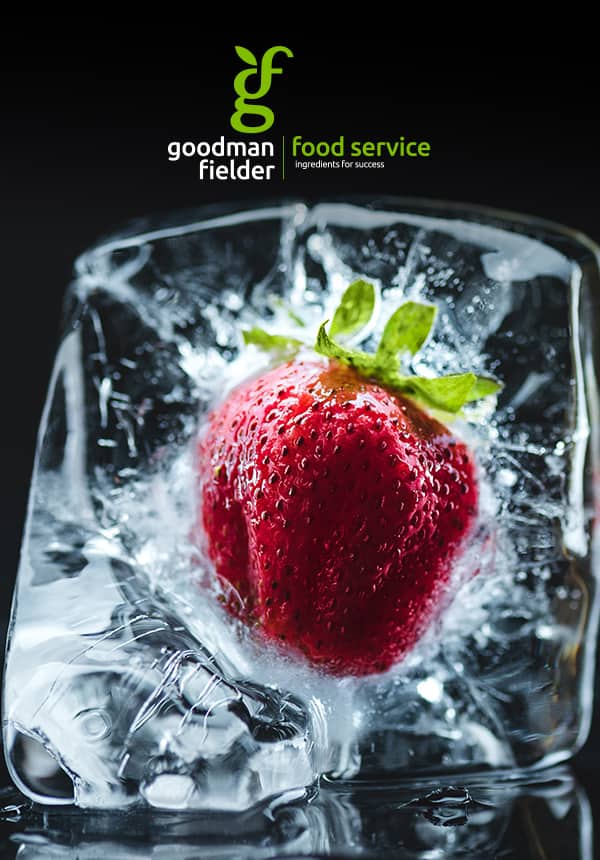
DO YOU WANT TO KNOW HOW YOU CAN MAKE YOUR PRODUCT GO THE DISTANCE?
Download your free how-to guide today.
Foods that are suitable for freezing:
While freezing retains the quality of your foods, it doesn’t improve it. Keeping foods in airtight packaging will prevent freezer burn, though different foods and products require different freezing processes. Here’s a breakdown of what foods should be stored in the freezer, for how long and with what packaging:
Bread:
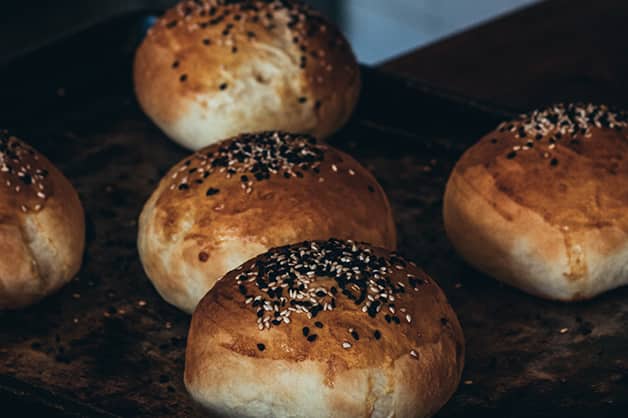
Bread is a kitchen staple that is used across the menu in a range of ways – from the classic fresh sandwich to the crispy toasty, or even a warm, creamy pudding when excess product becomes available. While bread can be used in a number of ways if the loaves are not quickly used you are left with the costly option of tossing them in the trash. That’s why it is important you store your fresh bread correctly from the moment of purchase, especially if you are working with a tight budget.
When your fresh bread is stored incorrectly in the kitchen, it quickly turns stale and flakey. And while storing loaves in the fridge seems to be a quick fix to prolonging its lifespan, it, in fact, turns the bread stale faster than room temperature. According to Serious Eats, “when the bread is stored in a cold, but above freezing, environment, recrystallisation and staling, happens much faster than at warmer temperatures”.
That’s why freezing bread is a common practice in kitchens. Freezers allow your bread to remain fresher for longer and on hand at all times during busy services. Freezing is the best option when it comes to maintaining quality, as the process of staling dramatically slows down. While bread can maintain its quality for up to three months in the freezer, it needs to be stored correctly. The best way to store your bread in the freeze is to wrap it tightly in plastic wrapping or foil. Ensuring it is completely covered will reduce the risk of freezer burn and crystallisation.
Explore Goodman Fielder Food Service’s range of premium wholesale bread.
Fruit and vegetables:
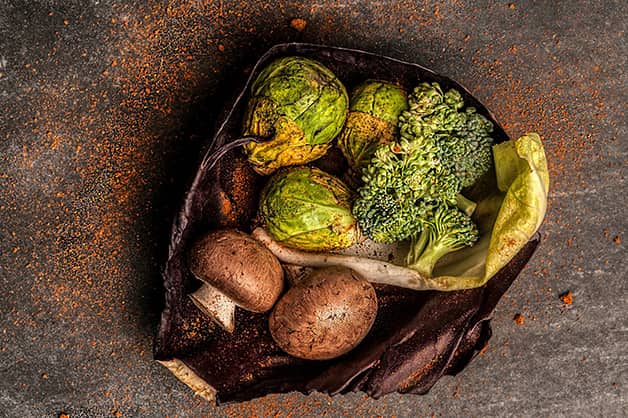
Getting your hands on beautifully coloured, juicy, ripe fruit and vegetables can be a hard task at times. And as the costs of your fruit and vegetable purchases continue to rise, ensuring you maintain the shelf life of your fresh produce has never been more important. The shelf life of your fruit and vegetables are one of the most unpredictable things within your kitchen and the abruptness of their deterioration can often result in considerable waste in the kitchen.
That’s why many chefs are beginning to freeze their vegetables to ensure they last longer, save costs on wastage and are easily accessible at all times. When frozen properly, your fresh produce can retain all of their flavours, nutrients and shapes. Though, to really ensure that they retain their quality throughout the freezing process, you must freeze them on the day of purchase.
Before freezing, your fresh produce needs to be washed, cleaned, cut and blanched. If you are wishing to freeze your fresh berries for smoothies or desserts, lay them on a baking tray and freeze them. Once they are completely frozen, place them in an airtight container. This process ensures they keep their shape and texture when the time comes for you to use them for your dishes.
Meat and chicken:
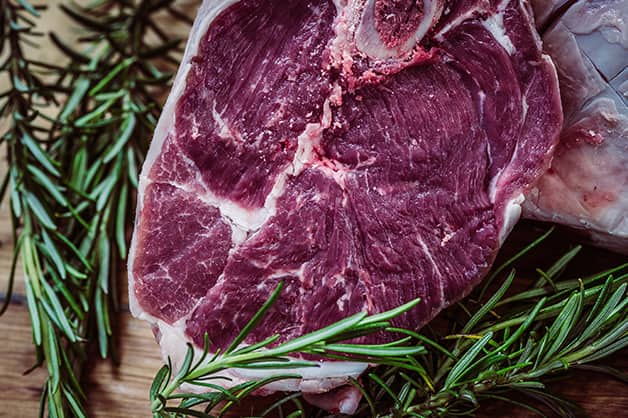
Despite the rise in veganism and vegetarians in Australia, protein still dominates the centre of the plate. No matter the size of the venue, a style of protein still heavily features in dishes that are on offer, whether it’s as a breakfast, lunch or dinner. Because protein holds the most real estate on your menu, it’s naturally one of the biggest, most expensive costs in the kitchen, so ensuring it goes the extra mile is important.
While keeping your stock in the freezer is beneficial because it prevents food waste, it also protects your bottom-line – but it must be stored correctly. To ensure your protein keeps its top quality and texture, it must be thoroughly wrapped tightly in plastic, with no pieces left exposed. This procedure will prevent your meats and chickens from changing their flavouring and drying out.
“The key to making your meat last the longest in the freeze is minimising the air in your packaging,” Butcher, Cara Nicoletti told Food 52. She added, when piling steaks, burgers or fillets into one package, remember to place pieces of parchment or wax paper in between, so they don’t stick to each other. Whenever you wrap and freeze new produce, make sure you clearly label the packaging with the type of product it is and the date of purchase. This ensures cuts will be used accordingly as they should be defrosted and used between eight and 12 months before it begins to deteriorate. But remember, all cuts and types of proteins have their own expiry freezer date; check out our infographic for specifics.
Foods to keep out of your freezer:
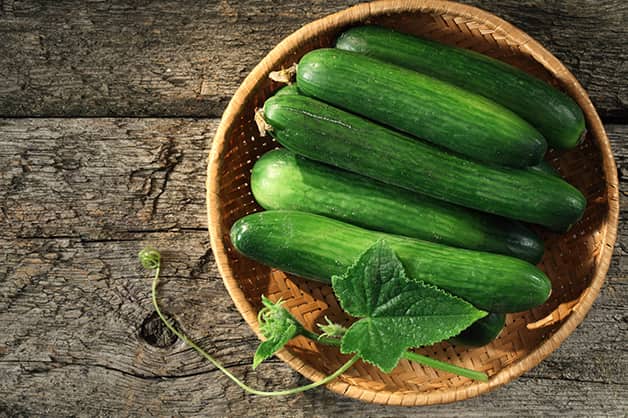
While the majority of foods will store well and reserve their quality when in the freezer, there are also many that will suffer and lose their quality. Raw and hard-boiled eggs, as well as high water content products (lettuce, potatoes, apples, cucumbers, sprouts, radishes, citrus and watermelon), aren’t recommended to be frozen, as well as soft herbs. From the dairy family, cream, soft cheese, cottage cheese and milk are also discouraged from being placed in the freezer as they will curdle when thawed.
Conclusion:
So, while not all foods are suitable for freezing there are many that are. Freezing foods, whether it is bread, pasta sauces, desserts or pies and sausage rolls, allows you to reduce the wastage in your kitchen and costs. Freezing isn’t just a technique used within domestic households, it’s also a process many chefs are experimenting with to secure the quality of their products.
From freezing fresh fruit for smoothies or desserts to bread rolls for sandwiches, having stock readily available reduces the stress and rush once service time kicks off. Remember if you are wanting to prolong the life and quality of your produce, store it correctly using air-tight containers or wrappings and have your freezer set between -15 and -18 degrees Celsius.
